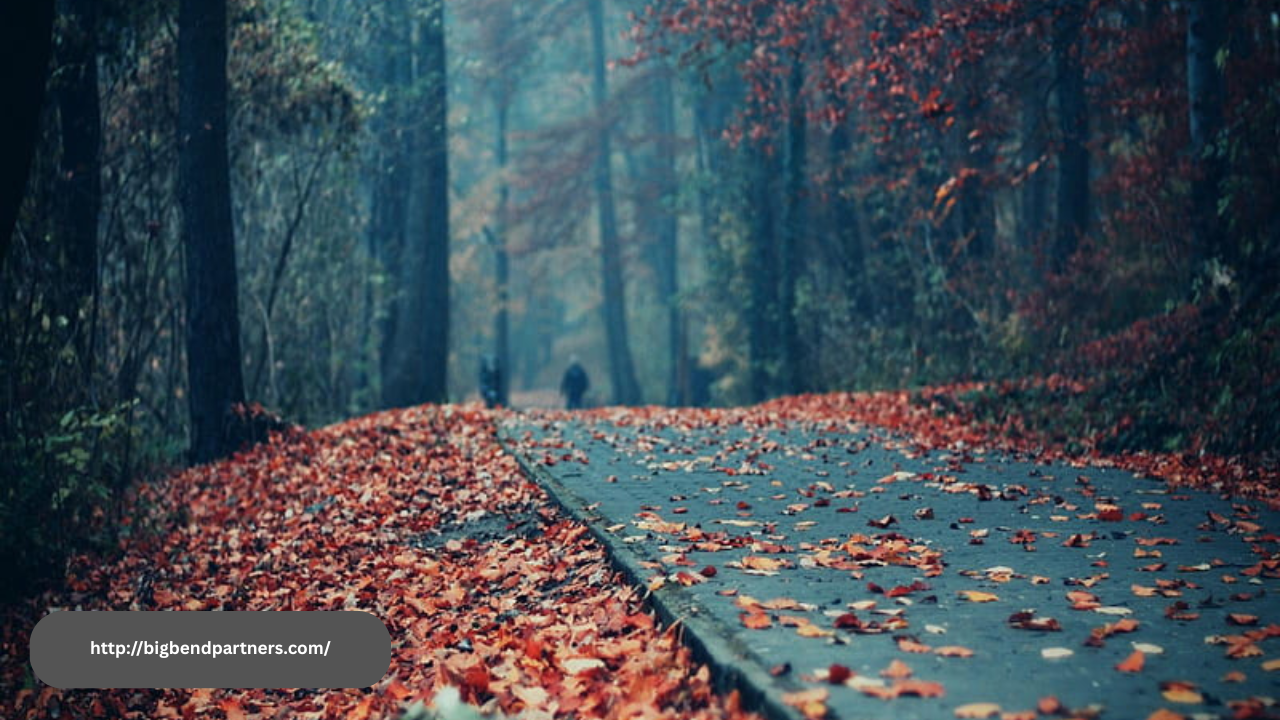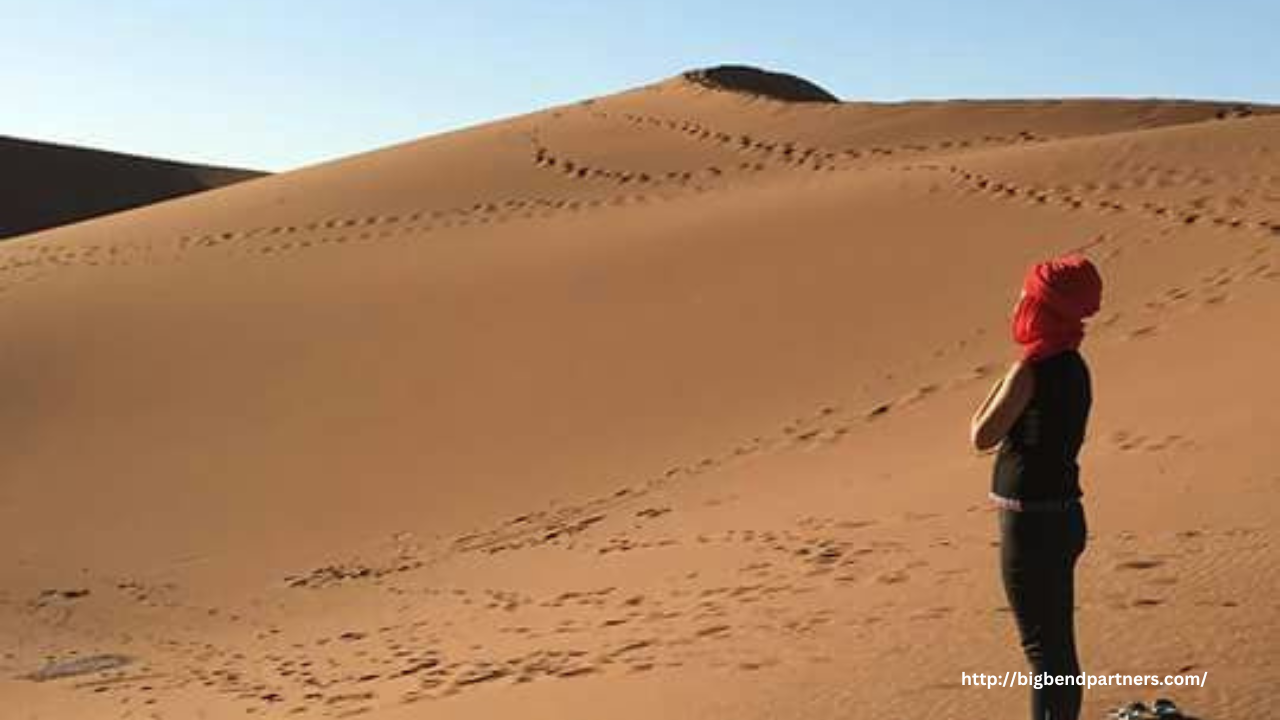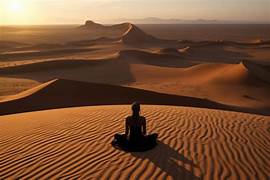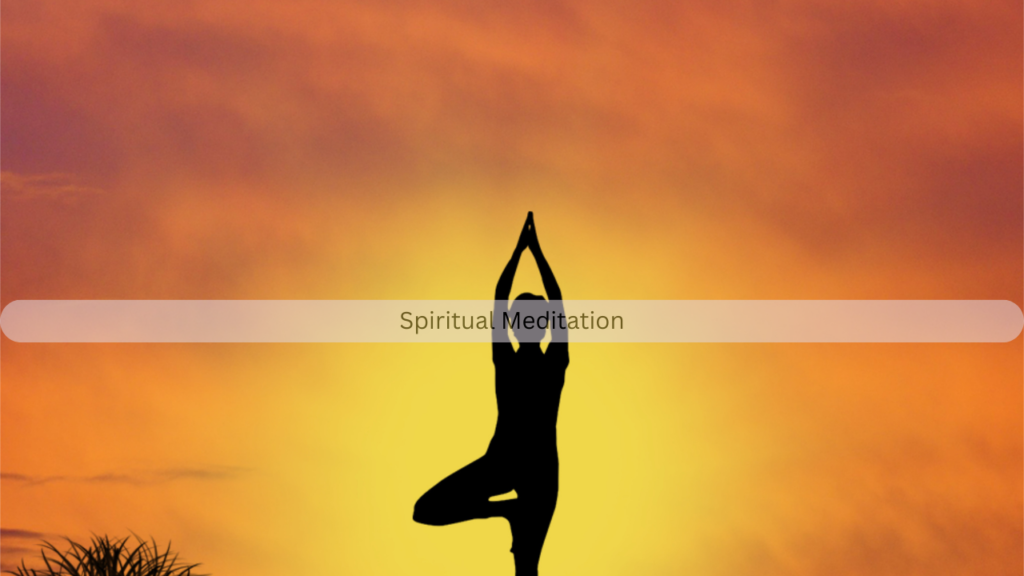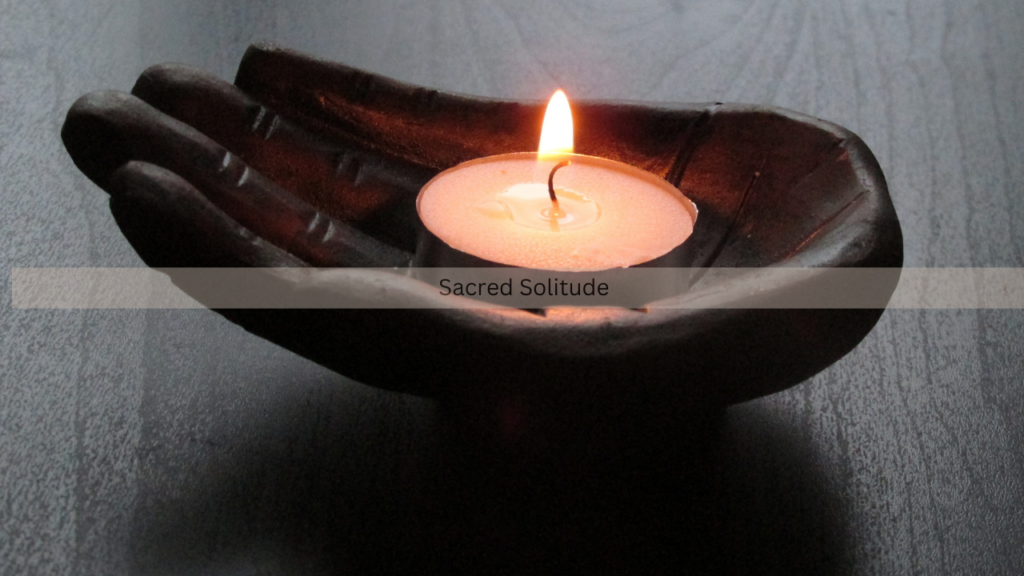The desert, with its barren beauty and vast expanses, has long been seen as a sacred place where the soul can meet the divine. Its silence, solitude, and starkness offer a unique space for profound spiritual experiences. For many, the desert is not just a physical location; it is a sacred sanctuary that invites deep reflection, prayer, and connection with the divine presence. In the stillness of the desert, where the noise of the modern world fades away, the spirit can awaken to a greater sense of purpose and clarity.
The Power of Sacred Silence
One of the most profound aspects of the desert is the silence that pervades its landscape. Unlike the hustle and bustle of daily life, the desert offers a place of complete stillness, where one can escape the constant distractions that often cloud the mind. This silence, far from being an empty void, becomes a sacred space—a place where the heart can listen more closely to the voice of the divine. In this profound quiet, the soul can experience a deeper connection with its Creator, and the rhythms of nature can serve as a conduit for spiritual growth.
The Desert as a Spiritual Refuge
Across many spiritual traditions, the desert is revered as a place of divine encounter. In Christianity, the desert served as the setting for pivotal moments in the lives of biblical figures. Jesus spent 40 days fasting and praying in the desert, preparing for his ministry, while Moses encountered God in the burning bush in the wilderness. In the Islamic tradition, the desert holds great significance as the Prophet Muhammad received his first revelation in the caves of the desert. Similarly, many mystics, saints, and hermits throughout history have sought the solitude of the desert to deepen their connection with the divine.
In indigenous cultures, the desert is seen as a place where spiritual insights can be revealed through vision quests and prayer. Shamans and spiritual leaders often journey into the desert to seek guidance from the spirit world. The desert, in these traditions, is considered a portal to the divine, where the soul can experience profound healing and transformation.
The Desert as a Place of Renewal
In addition to its sacred silence, the desert also offers a unique environment for personal renewal. The harsh conditions of the desert are a reminder of the resilience and strength of the spirit. The heat of the sun, the stillness of the air, and the vastness of the landscape create a powerful atmosphere that encourages self-reflection and inner growth. Many who venture into the desert find that they are able to confront their deepest fears, doubts, and wounds, and emerge from the experience with a renewed sense of purpose and clarity.
Finding Divine Connection in Nature
The natural elements of the desert—its winds, its sands, its endless skies—serve as a reminder of the divine presence that pervades all of creation. In the stillness of the desert, one can feel a deep sense of interconnectedness with the universe. The quiet beauty of the landscape invites a deep sense of awe and reverence, allowing one to experience the sacredness of all life.
For many, the desert is not just a physical space, but a spiritual one. It is a place where the soul can experience divine connection in its purest form—through silence, solitude, and the beauty of nature. In the desert’s sacred stillness, one can encounter the divine presence in ways that are impossible to experience in the chaos of modern life.

